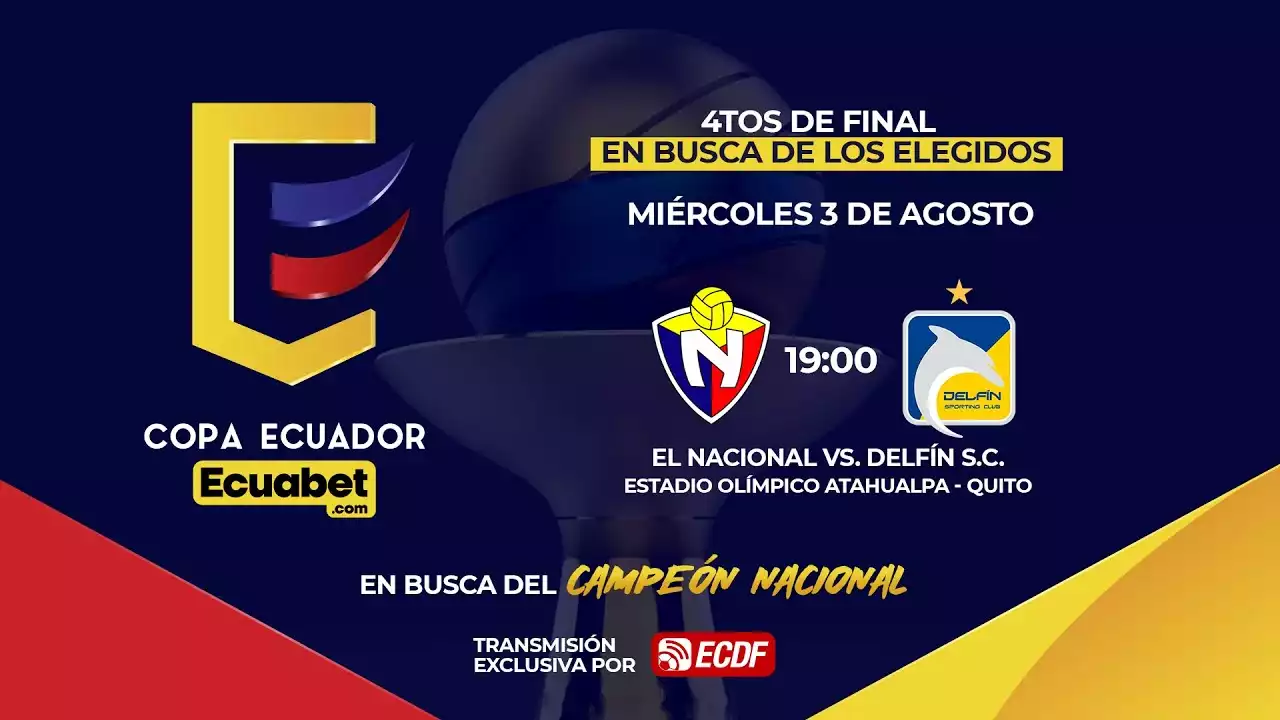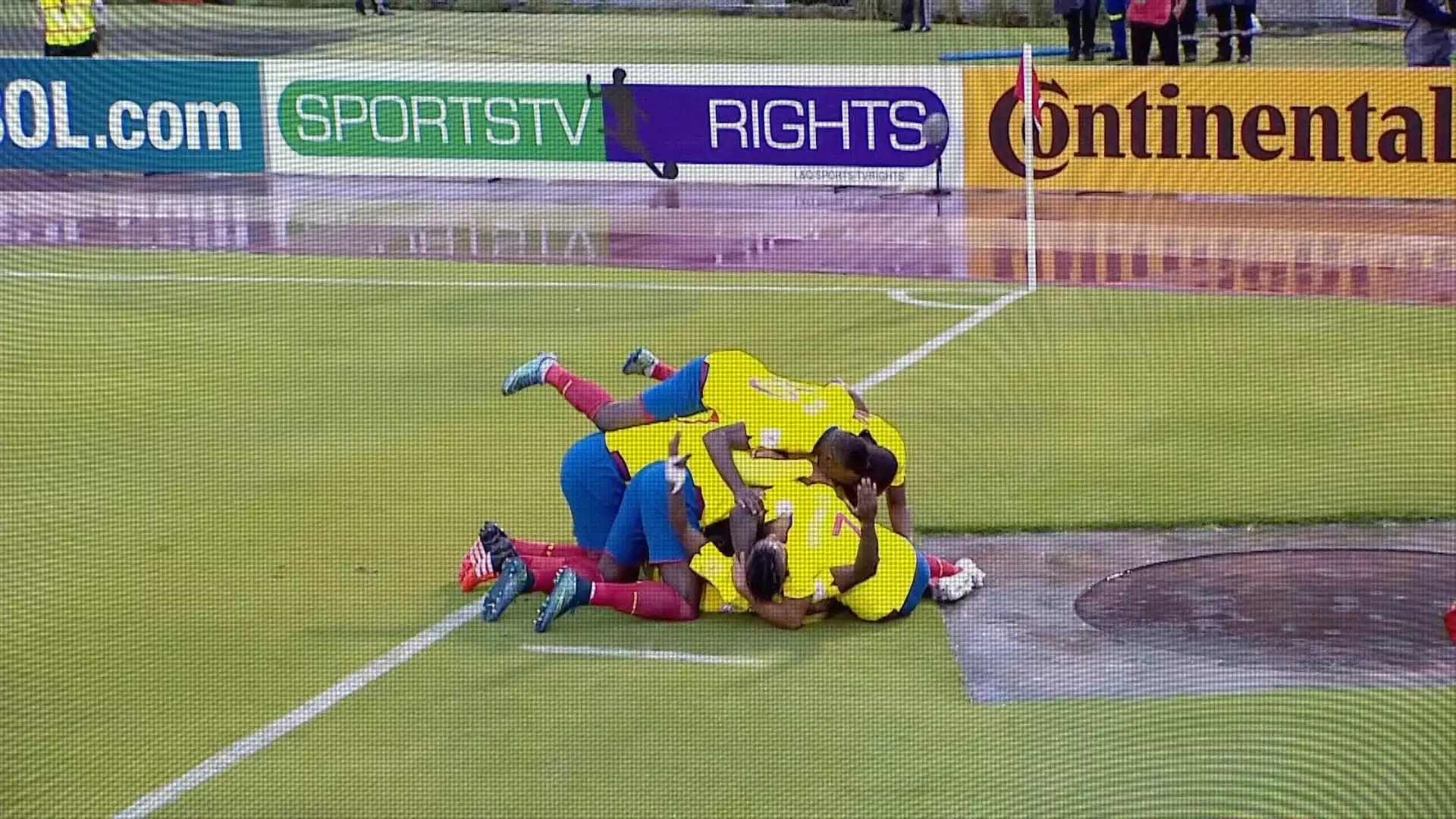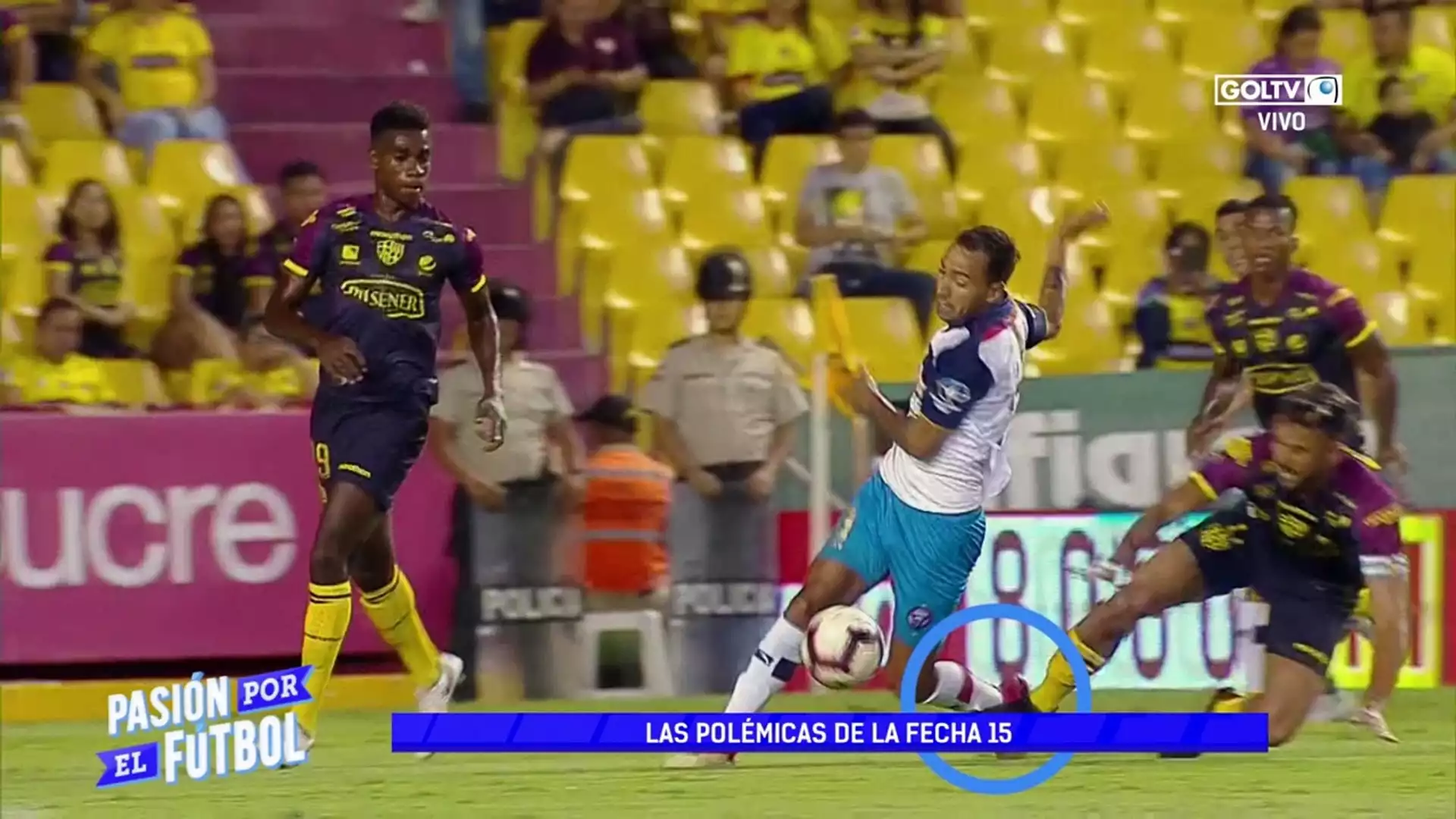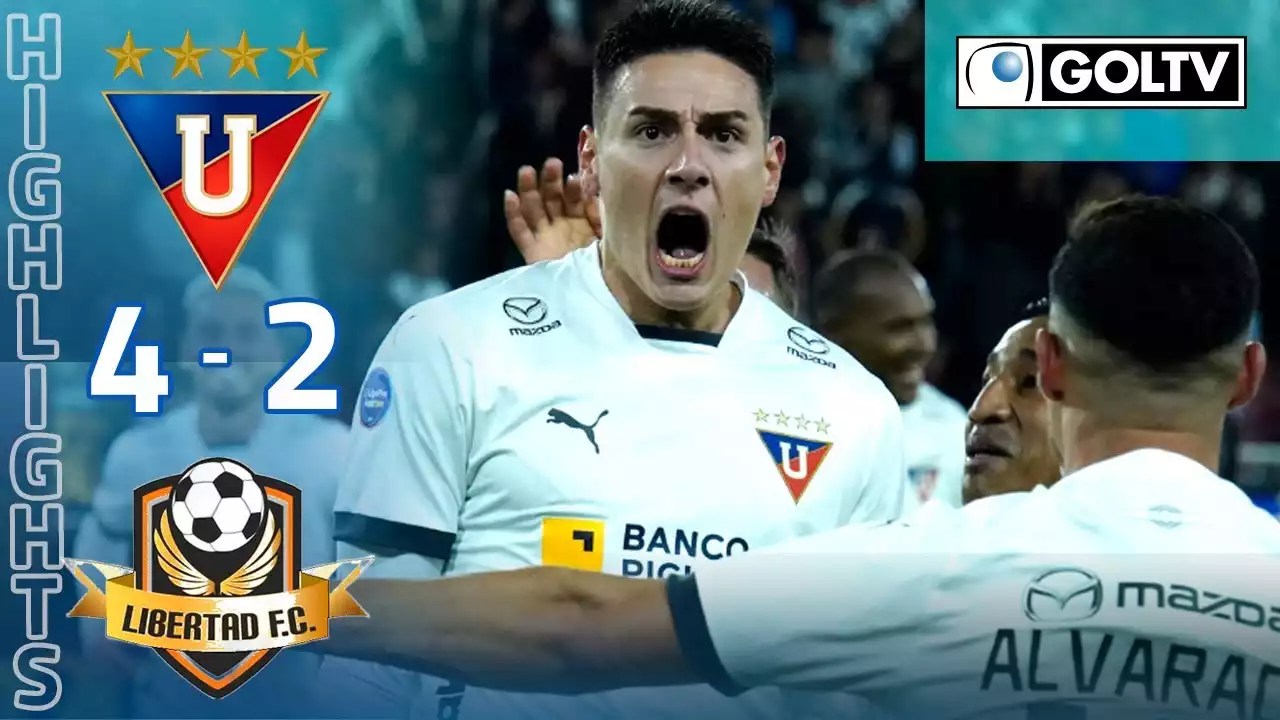The Early Years: The Copa Ecuador and the Segunda Categoria
The LigaPro Cup has an interesting history that dates back to the early years of Ecuadorian football. In 1957, the Copa Ecuador was launched, which was the first national cup competition in the country. The cup was played by teams from the first and second divisions of Ecuadorian football, and the initial format was a knockout tournament. The first winners of the Copa Ecuador were Club America de Quito, who defeated Emelec in the final.
In the years that followed, the Copa Ecuador underwent several changes, including the addition of teams from the Segunda Categoria (third division). The Segunda Categoria was introduced in 1967, and its teams were included in the Copa Ecuador in 1969. With the addition of third division teams, the Copa Ecuador became a more inclusive competition, providing a platform for smaller and less established clubs to showcase their skills.
However, the inclusion of third division teams also meant that the Copa Ecuador became a more complicated tournament, with a larger number of teams and more rounds. As a result, in 1995, the Copa Ecuador was replaced by the Copa Pichincha, which was a more streamlined competition that featured only first and second division teams.
The Copa Pichincha and the Integration Cup
The Copa Pichincha was launched in 1995 and was named after the province of Pichincha, where the Ecuadorian Football Federation is based. The cup was played by teams from the first and second divisions of Ecuadorian football, and it was initially a knockout tournament. The first winners of the Copa Pichincha were El Nacional, who defeated Deportivo Quito in the final.
In 2007, the Copa Pichincha was replaced by the Integration Cup, which was a tournament that featured teams from Ecuador, Colombia, and Peru. The Integration Cup was a joint initiative between the football federations of the three countries, and it was aimed at promoting football in the region and strengthening ties between the countries.
The Integration Cup was played for two seasons, and it featured some of the best teams from the three countries. The first winners of the Integration Cup were Deportivo Cali of Colombia, who defeated Liga de Quito in the final.
The Copa Sudamericana and the Copa Libertadores
In addition to the Copa Pichincha and the Integration Cup, Ecuadorian teams also participated in two of the most prestigious club competitions in South America: the Copa Sudamericana and the Copa Libertadores.
The Copa Sudamericana is a competition that features teams from across South America, and it was launched in 2002. Ecuadorian teams began participating in the tournament in 2003, and the first team to reach the final were Liga de Quito in 2009. Liga de Quito went on to win the tournament, becoming the first Ecuadorian team to win a continental club competition.
The Copa Libertadores, on the other hand, is the most prestigious club competition in South America, and it features the best teams from across the continent. Ecuadorian teams have been participating in the tournament since 1960, and the first team to win the tournament were Club Sport Emelec in 1963.
Recent Developments: The LigaPro Cup and the Super Cup
In 2017, the Liga de Futbol Profesional del Ecuador (LigaPro) was launched, which is the organization responsible for managing and organizing professional football in Ecuador. The LigaPro Cup was also launched in the same year, and it replaced the Copa Ecuador as the national cup competition.
The LigaPro Cup is played by teams from the first and second divisions of Ecuadorian football, and it is a knockout tournament. The first winners of the LigaPro Cup were Barcelona SC, who defeated Delfin SC in the final.
In addition to the LigaPro Cup, a Super Cup was also introduced in 2018, which is a match played between the winners of the previous season's LigaPro and Copa Ecuador. The first winners of the Super Cup were Liga de Quito, who defeated Barcelona SC.
Comparing LigaPro Cups to Other Cups in South America
The LigaPro Cup is one of the most important cup competitions in South America, and it is comparable to other cup competitions in the region, such as the Copa do Brasil in Brazil and the Copa Argentina in Argentina.
Like the LigaPro Cup, the Copa do Brasil is a knockout tournament that features teams from across the country, including both first and second division teams. The Copa do Brasil is highly competitive and is considered one of the most prestigious tournaments in Brazilian football.
The Copa Argentina, on the other hand, is a knockout tournament that features teams from across Argentina, including both first and second division teams. The tournament is highly regarded in Argentina and is considered an excellent platform for smaller clubs to showcase their skills.
The Future of LigaPro Cups: Potential Changes and Improvements
The LigaPro Cup has come a long way since its inception in 2017, and it has established itself as one of the most important cup competitions in South America. However, there is still room for improvement, and there are several potential changes that could be made to make the tournament even more exciting and competitive.
One potential change is the introduction of more teams from the Segunda Categoria, which could make the tournament more inclusive and provide smaller clubs with a chance to compete against more established teams.
Another potential change is the introduction of a group stage, which could provide more matches and increase the excitement of the tournament. A group stage could also provide smaller clubs with more exposure and a chance to showcase their skills against more established teams.
Key Players and Teams in LigaPro Cup History
Over the years, several teams and players have made significant contributions to the LigaPro Cup, helping to make it one of the most exciting and competitive tournaments in South America.
One of the most successful teams in LigaPro Cup history is Liga de Quito. The team has won the tournament four times, most recently in 2019, and they have also won the Super Cup twice.
Several players have also made significant contributions to the LigaPro Cup, including Jhon Cifuente, who is the tournament's all-time leading scorer with 16 goals. Other notable players include Michael Arroyo, who has won the tournament twice with Barcelona SC, and Gabriel Cortez, who was the top scorer in the 2020 tournament.
Impact of LigaPro Cups on Ecuadorian Football
The LigaPro Cup has had a significant impact on Ecuadorian football, helping to promote the sport and providing a platform for smaller and less established clubs to showcase their skills. The tournament has also helped to raise the profile of Ecuadorian football internationally, attracting world-class teams and players from around the globe.
The success of Liga de Quito in the Copa Sudamericana and the impact of Ecuadorian players such as Antonio Valencia and Enner Valencia in European football can also be attributed, in part, to the growth and development of Ecuadorian football, which has been fueled by the success of the LigaPro Cup.





.png?size=50)



